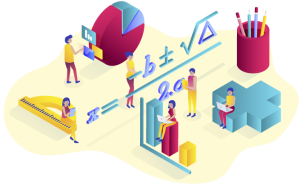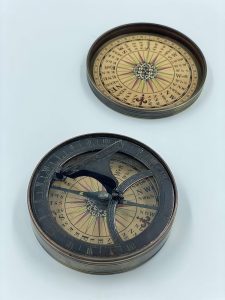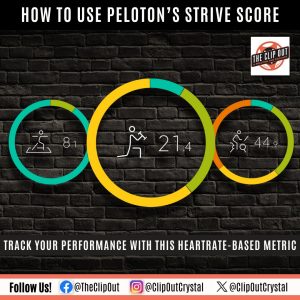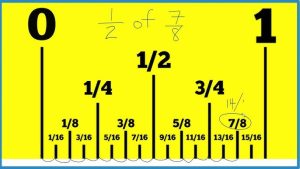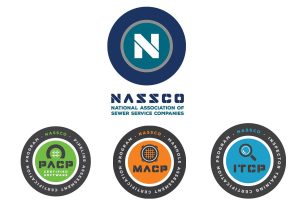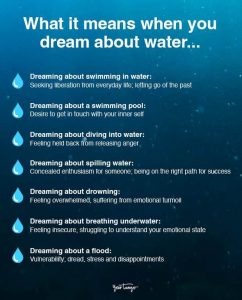Navigating the Seas Confidently with Marine Charts Online

There’s a thrill in standing at the bow of a boat. The horizon stretches endlessly. Calm waves, sudden gusts, salt in the air. But excitement carries responsibility. Every mile of water hides secrets. Sandbars that shift after storms. Wrecks lying just beneath the surface. Currents that can turn gentle waves into sudden challenges. For anyone heading beyond the familiar shoreline, marine charts online are not just tools. They are guides. Companions. A way to see the invisible and navigate safely.
Why Paper Charts Alone Are No Longer Enough
Old-school sailors cherish paper charts. Creased. Faded. Full of memories. But the ocean changes faster than ink. Channels deepen, sandbars move, tides defy expectation. Relying only on paper charts is like reading yesterday’s newspaper to plan tomorrow’s day.
Digital charts tell a different story. Depths, hazards, tidal flows, shipping traffic—all layered together. You can zoom in. Zoom out. Spot subtle changes. Small details become clear. Hidden rocks, narrowing inlets, currents that hug the shoreline. This isn’t about replacing skill. It’s about adding insight. Understanding patterns that were invisible before.
The Hidden Value of Detail
Charts are often glanced at, numbers skimmed. But real insight is in interpretation. Depth variations signal where the seabed rises unexpectedly. Color gradients highlight navigable channels. Soundings reveal history, allowing comparison with real-time data. Changes become readable. Patterns emerge.
For fishermen, these details are gold. Certain species gather in deeper pockets or near submerged structures. Digital charts help them locate these zones without endless trial and error. For sailors planning long routes, charts can highlight potential hazards, currents, and tricky spots before leaving the dock. Planning becomes strategic. Not guesswork.
Beyond Navigation: Planning with Context
Marine charts online do more than guide. They teach. Currents often follow underwater contours. Tides accelerate through narrow passages. Weather interacts with landforms—winds twisting around cliffs, funneling through channels. Observing these patterns feels like reading the ocean’s diary. Sudden changes stop being random. They are understandable.
Routes are no longer static lines on a map. Contingency paths are planned. Hazards, tides, weather—all considered. A small change in trajectory can save hours or avoid a hidden danger. Online charts make this process immediate. Dynamic. Insightful.
Interactive Features That Reveal the Sea’s Secrets
GPS integration is no longer a novelty. It’s essential. Watching your position drift along the chart. Seeing how currents push the boat. Noticing how a sandbank shapes the flow. Subtle details become obvious. Previously invisible.
Other features add depth. Weather overlays. Satellite images. Fishing hotspots. The chart becomes alive. It’s not just navigation anymore. It’s situational awareness. A way to predict, prepare, and respond. The ocean starts to feel readable. Understandable. Even predictable at times.
Learning Through Experience, Not Just Reading
Digital charts accelerate learning. Novice sailors can experiment. Plot routes. Watch consequences in real time. Did the current push the boat off course? Did a channel seem wider than it was? Feedback is instant. Understanding grows.
Experienced sailors use charts differently. After a journey, they compare planned versus actual routes. Lessons appear. How did the tide affect progress? Where did currents surprise them? Reflection deepens knowledge. The charts teach, but the sailor learns.
Balancing Technology with Seamanship
Even the best chart is just a tool. Boats break. GPS fails. Batteries die. Traditional skills matter. Reading waves. Observing wind. Using a compass. These remain critical.
Technology complements intuition. They work together. A chart may suggest a route, but if the water smells muddy, or currents feel odd, trust instincts. Online charts provide data. Seamanship adds judgment. The combination is powerful. Reliable navigation emerges.
Choosing the Right Platform
Not all platforms are equal. Some are oversimplified. Others overload with data. Balance is key. Accuracy, clarity, updates, route tracking, offline access—these matter. Reviews and sailor recommendations help. A poor choice can complicate a trip. The right choice simplifies it. Makes navigation intuitive.
Device compatibility is critical. Some charts work best with GPS units. Others are optimized for tablets or smartphones. Knowing your own needs ensures that technology aids rather than frustrates.
Conclusion:
Standing at the helm, marine charts online in hand, the sea becomes legible. Patterns emerge. Currents, channels, hazards, hidden depths. They reward attention. Curiosity. Observation.
These charts do not replace experience. They amplify it. Knowledge and technology combine. Voyages become safer, richer, more insightful. Every trip, short or long, becomes a dialogue with the ocean. Not just navigation, but understanding. Not just movement, but connection. Sailing evolves into mastery, one chart, one observation, one decision at a time.
